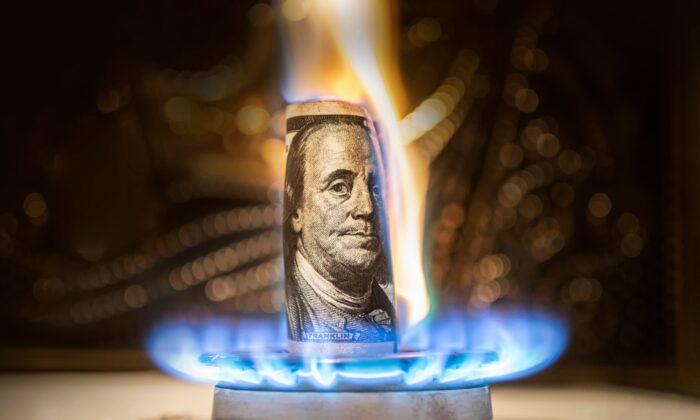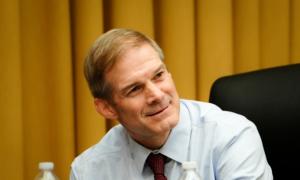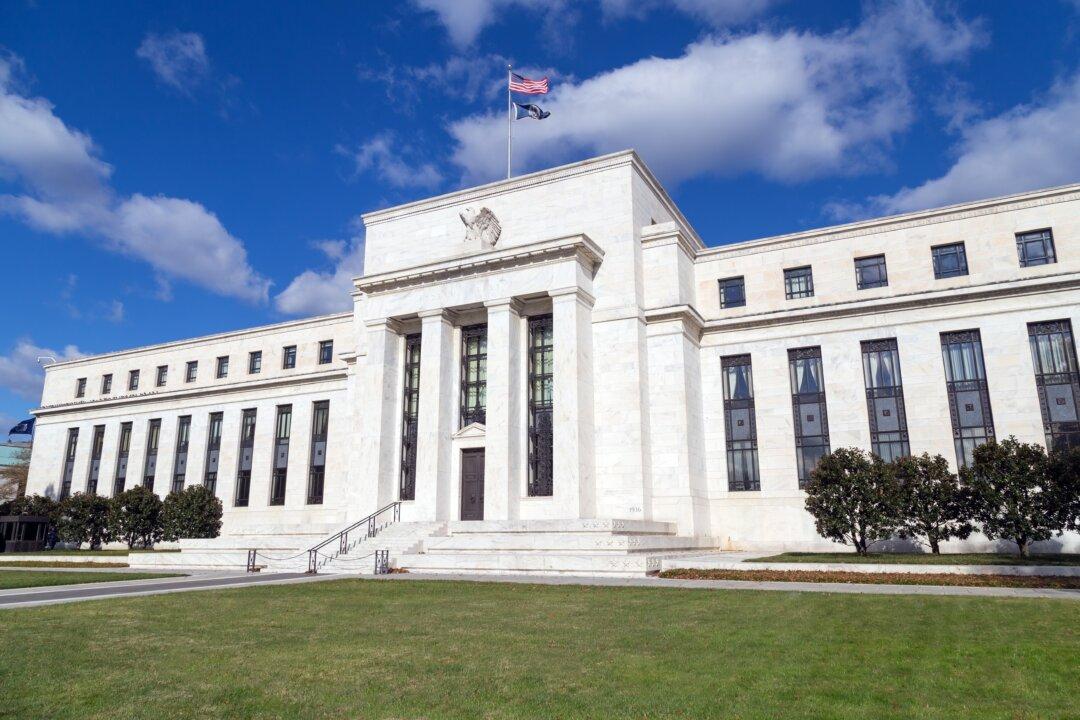Now that the lockdown, mask, and mandate wars have died down, I’m getting calls from friends who two years ago cut me off because of my writings and views. They are also looking for insight into the unfolding economic chaos around them. And of course they want some insight into how best to protect themselves.
It’s all a consequence of the thing they supported for two years, I explain. The lockdowns prompted government spending which fired up the printing presses and hence inflation. The masking led to demoralization of the population and falling interest in large events. Who wants to sit in a Broadway play or opera in a mask? And the mandates devastated the labor pool, tossing millions out of jobs and treating the remaining workers like chattel.
As for the crime, which is roiling American cities in wave after wave, it’s almost as if locking people in their homes, closing their churches and rehab clinics, taking away social opportunities, and otherwise treating people like lab rats was not overall good for the human psyche. It made good people bad and bad people evil. Who would have thought? Oh, just about anyone who thought about it for a few moments.
Maybe this should not be surprising. We live in strange times when basic matters of science and logic are being displaced by ridiculous sloganeering and poses. Biden says this is the best economic recovery ever, and the White House spokesperson backs him up, and we are just supposed to nod our heads as if our fantasies are the same as reality.
It’s the very essence of postmodern thinking: reality is a social construct and ideology overrides even the law of cause and effect. If you are worried and concerned about your economic future, it’s all your fault for imagining such things.
Of course what has prompted all this public concern—and which has driven Biden’s popularity down to rock-bottom levels—is inflation above all else. The latest report from the Bureau of Labor Statistics (BLS) just came out and its report exceeded my worst expectations. I figured it would be a bit better than last month. It was worse; 8.6 percent year over year.
In reality, the rate is far worse, closer to 12 percent, according to real-time data, and people know this. Still the official CPI matters simply because it is a consistent metric generated by a stable methodology and also because it is official. Even the official statistics cannot lie all the time.
Here is the chart as provided by the BLS:
My friend Doug Rudisch did some quick checking on the figures this morning, asking a more foundational question: why are we only comparing year over year data? Is there something magical about 12 months that gives us some access to an imagined real rate whereas looking at 11 or 13 months does not? It’s a good point, so he decided to look at the data over two years. The results fit much more with our own intuition. Have a look:
Let’s pull back a bit and track this relationship between money as measured by M2 and the price level. There is a lag, typically assumed to be about 18 months, between the expansion and the effect on prices, all else equal. Mitigating factors in the way the index is calculated suppress the seeming relationship in the 2010s but our times feel much more like the 1970s when the traditional theory seems more operative.
![(Data: Federal Reserve Economic Data [FRED], St. Louis Fed; Chart: Jeffrey A. Tucker)](/_next/image?url=https%3A%2F%2Fimg.theepochtimes.com%2Fassets%2Fuploads%2F2022%2F06%2F10%2F3-JAT-2022.06.10-1200x792.png&w=1200&q=75)
The actions of the Federal Reserve—in response to wild bouts of spending from Congress on demands from two successive presidential administrations—were insanely irresponsible. They knew it. They did it anyway. Pretty much that impulse sums up government over the last two years and several months. No one seemed to care about the future. It was all about getting rid of the virus now.
It was sheer mania and insanity. Some people think it is not that but rather a “controlled demolition,” which is to say that all of this is fully intentional. I believe that when it comes to the price of oil and gas. No question that the milliennarians in the White House want to push the great transition from a modern method of generating energy to a more primitive form. Just live off the wind and sun, they tell us!
Or maybe it is more like the great scene in “Pee Wee’s Big Adventure” when he falls off of his bike. “I meant to do that,” he says, brushing off his clothes.
Whether this is intentional or accidental or just sheer stupidity at work, what we have here is the display of tremendous irrationality. Literally, the regime decided to forget about basic economics.
“All things are subject to the law of cause and effect,” begins Carl Menger’s great economic treatise of 1871. “This great principle knows no exception, and we would search in vain in the realm of experience for an example to the contrary.”
So true. Economics has always been the great reality test for all regimes. That’s why so many despots eventually turn on the economists. It is they who are constantly (or at least supposed to be) reminding the rulers that their actions will certainly have consequences that they cannot avoid.
For goodness sake, they imagined that they could shut down economic life, cover it up with debt and devaluation, and then life would go on as normal after. In no world is this possible. Now there is no going back. The American people are being pillaged. Nothing anyone in power right now does will stop the law of cause and effect from operating.
This is what the decline and fall of prosperity looks like. To those who say that it cannot get that much worse, I would respond that there is no way they can know that for sure. We truly have no idea how much worse it can get. All the press conferences on the planet, running 24/7, cannot delete the reality unfolding before our eyes.









